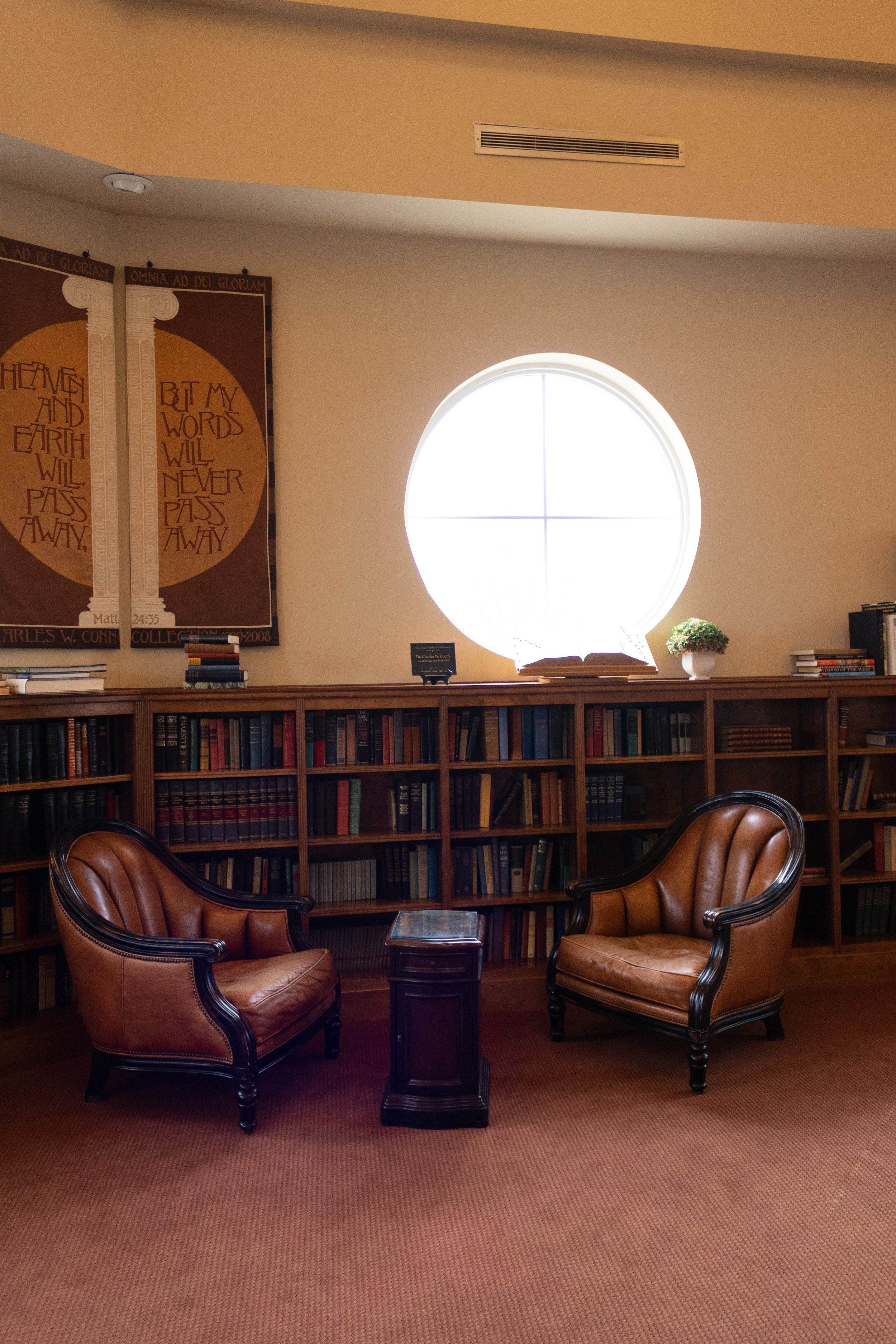Lee Professors talk Course Evaluations
Photo: Riley Evans, Senior Photographer
Over 10,000 course evaluations are administered every semester at Lee University. Students are asked to rate (on a strongly disagree to strongly agree scale that is turned into a numerical scale) certain aspects about the class they have taken and the professor teaching the class.
Course evals begin as the semester winds down, where ratings for professors drop lower and comments become less and less specific as the week progresses. ‘Course Evaluation Fatigue’ is what the professors at Lee University are now calling it. Students could be administered three to four evaluations a day, and as the day moves forward, students tend to rush through the evaluations. This drop in morale has put multiple professors at a disadvantage.
It has grown to be a concern with many professors like Dr. Skip Jenkins, a professor of Historical Theology, who called evaluations “the single most important document for a professor.”
Jenkins emphasized that course evaluations numbers are one of the first things brought up in a tenure renewal or performance meeting. After evaluations have been taken, each professor will be given an average of the answers from one to five. Lee University’s current average is a 4.5 and each professor has to meet the average or their position is strictly evaluated.
For example, Jenkins had said that if every student in a class had given a professor ‘agrees’, which equal a four on the scale, on every question, the professor’s score would be below average and would call for further evaluation.
Rondall Reynoso, a professor in the art department, echoed this same concern saying he “wished that students knew what the grades (the percentages that each professor receives) mean to us as professors.” Both Jenkins and Reynoso pushed for more student awareness on how important it is by having an opening statement about it to each class.
Reynoso indicated he was widely known for not giving perfect scores on many assignments because “there is always room for improvement” so his students give him fours in multiple areas to counteract his philosophy. However, students do not see that his score does not put him at a ‘needs improvement level’, but actually puts his “job on the line.”
Being on the other side of the conversation, Dr. Randy Wood, the interim Dean of Arts and Sciences, said course evaluation fatigue will be inevitable, but that does not mean the fatigue will produce an inaccurate look at a professor’s performance.
“If it (no matter in percentages or commentary) shows up on evals I take it seriously,” Wood said.
Wood also proposed that course evaluations are not the only indicator of one’s performance, that classroom observations held by each dean are the “next best thing.”
“(Course Evaluations) are one measurement not the only measurement,” Wood said.
Classroom observations cut through Wood’s perceived issue with course evaluations, the fact that the evaluations can be a popularity contest. Jenkins had also mentioned that he sees that students tend to compare professors to other professors while filling out evaluations.
While student involvement is a huge factor into course evaluations, the evaluations themselves have posed as a problem for many professors as well.
Jenkins offered the solution of replacing the strongly disagree to strongly agree scale to a percentage slider to get more accurate depictions of the class. This would specify numbers for professors and not give them “hard and fast numbers.” He also prompted for further clarification on questions in terms of answers. Reynoso added that he wished there was more questions about the level of challenge that each class presents.
As for the commentary section of the evaluations, all three professors are in agreement that the comment section is the most vital part of the assessment. The strongest issue with the commentary section is what Reynoso would call the ‘extremes’.
All three professors were aware of Rate my Professor where students evaluate professors in the same manner as the course evaluations. “The Twitter comments of academics” as Reynoso called it, this website tends to attract the extreme emotions of students on both sides. Jenkins and Wood have both heard of the website, but choose to not look at its comments.
As for course evaluations, Jenkins “always reads the comments first” and said that “comments are the most helpful.” Even if comments tend to take a negative side sometimes, Reynoso said that he tries not to “take any of it to heart, but can’t ignore it because there’s always room for change”.
“If I comment on how students are (need to improve) I should be able to take it too,” Jenkins said.
Wood captured the essence of course evaluations as a way to become a more developmental and experimental teacher. “The goal is always to become a good teacher,” Wood said.
To Lee Students: In the next upcoming course evaluations for the Spring semester, please be aware of how dire the assessment is for each professor, and respond accordingly.




